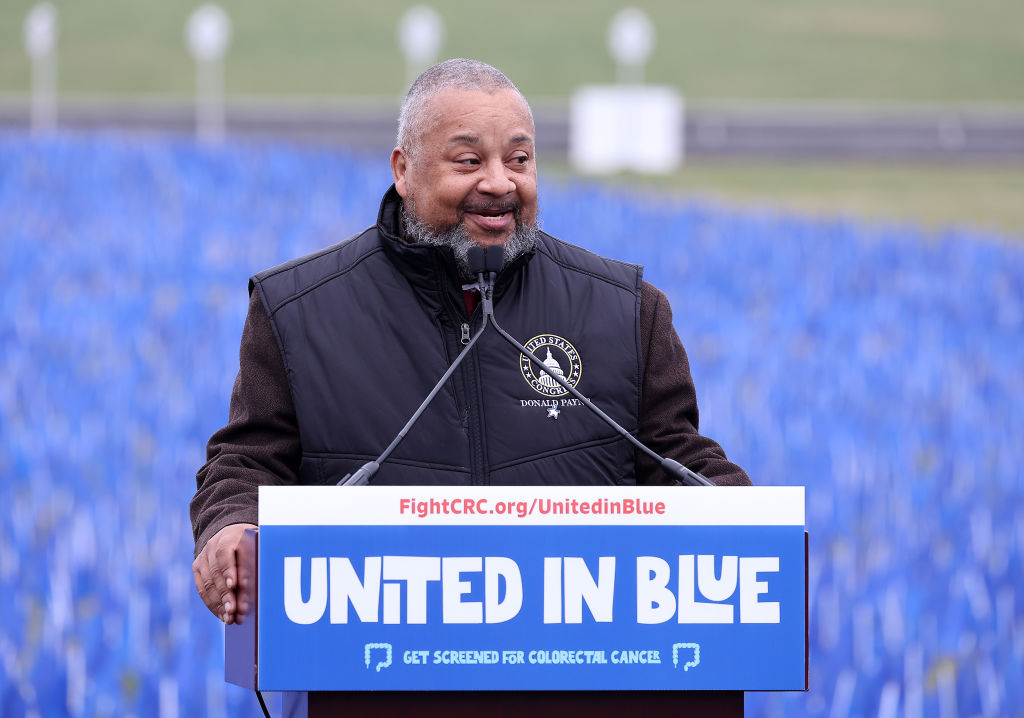If you picture Johnny Appleseed as a loner wearing a tin pot for a hat and flinging apple seeds while meandering through the countryside, experts say you're wrong.
They're hoping that a traveling exhibit funded by an anonymous donation to a western Ohio center and museum will help clear misconceptions about the folk hero and the real man behind the legend.
"We want people around the country to know the real person, not just the myths and folklore," said Cheryl Ogden, director of the Johnny Appleseed Educational Center and Museum at Urbana University in Urbana. "We want them to know John Chapman's values of hard work, compassion and generosity."
Chapman, known as Johnny Appleseed to generations of Americans, was a pioneer nurseryman in the late 18th and early 19th centuries credited with introducing apple trees to portions of Ohio, Indiana, Illinois, Pennsylvania, Kentucky and West Virginia. While colorful stories and films depicting him living outdoors and wearing ragged clothes are probably partially true, researchers doubt he wore a pot on his head or just gave his seedlings and nurseries away.
"He apparently dressed, ate and lived as simply as a human being could," said Andrew Masich, president and CEO of Pittsburgh's Senator John Heinz History Center. "But he made money by selling seeds and planting trees for settlers."
At the same time, there are documented accounts of him going barefoot after giving his shoes to someone in need. He also widely distributed religious tracts as a missionary of the Swedenborgian Church, a Christian faith embracing individualism and spiritual growth.
Chapman, who never married and apparently had no children, was born in 1774 in Leominster, Massachusetts, where a small replica of his home now stands. Researchers say Chapman headed west in the 1790s after the Northwest Territory opened to settlers, and he began planting nurseries with apple seeds from cider mills. He traveled ahead of settlers, selecting sites for his nurseries and planting and caring for the young trees. When settlers eventually arrived, those sites would be ready for sale, and Chapman also sold seedlings for them to plant.
U.S. & World
"He was excellent about anticipating where settlers were going next," Ogden said.
Having fruit trees on their property was especially important for settlers, who had to show improvement on homesteaded parcels to claim land grants. The apples from the trees, while not good for eating, were used to make hard cider. Settlers used apple cider vinegar to preserve fruits, vegetables and meats.
David C. Wilson, a Leominster Historical Society trustee, says the "simple man of simple pleasures" became an icon to many settlers.
"A new nation needs folk heroes," Wilson said.
Documentation indicates Chapman traveled for more than 50 years before he died in 1845 in Fort Wayne, Indiana, where a grave marker stands on land where he is believed to be buried. One of the earliest national accounts of "Johnny Appleseed" was an 1871 article in Harper's New Monthly Magazine describing him as a "pioneer hero."
He also has been memorialized through markers including a statue in Cincinnati's Spring Grove Cemetery of a barefoot Chapman lifting a seedling with one hand while holding a book in the other. Johnny Appleseed festivals are celebrated in many states. Officials with the Johnny Appleseed festival in Fort Wayne say more than 250,000 people attended last year's celebration.
While the traveling exhibit won't be ready until at least fall 2015, Ogden says, it will be interactive and include a mobile app that will superimpose computer-generated images of Johnny Appleseed telling his own story.
And Chapman's story — legend and fact — is expected to continue.
"I think his free-spirited lifestyle is something that in our workaday lives still appeals to us today," Masich said.



